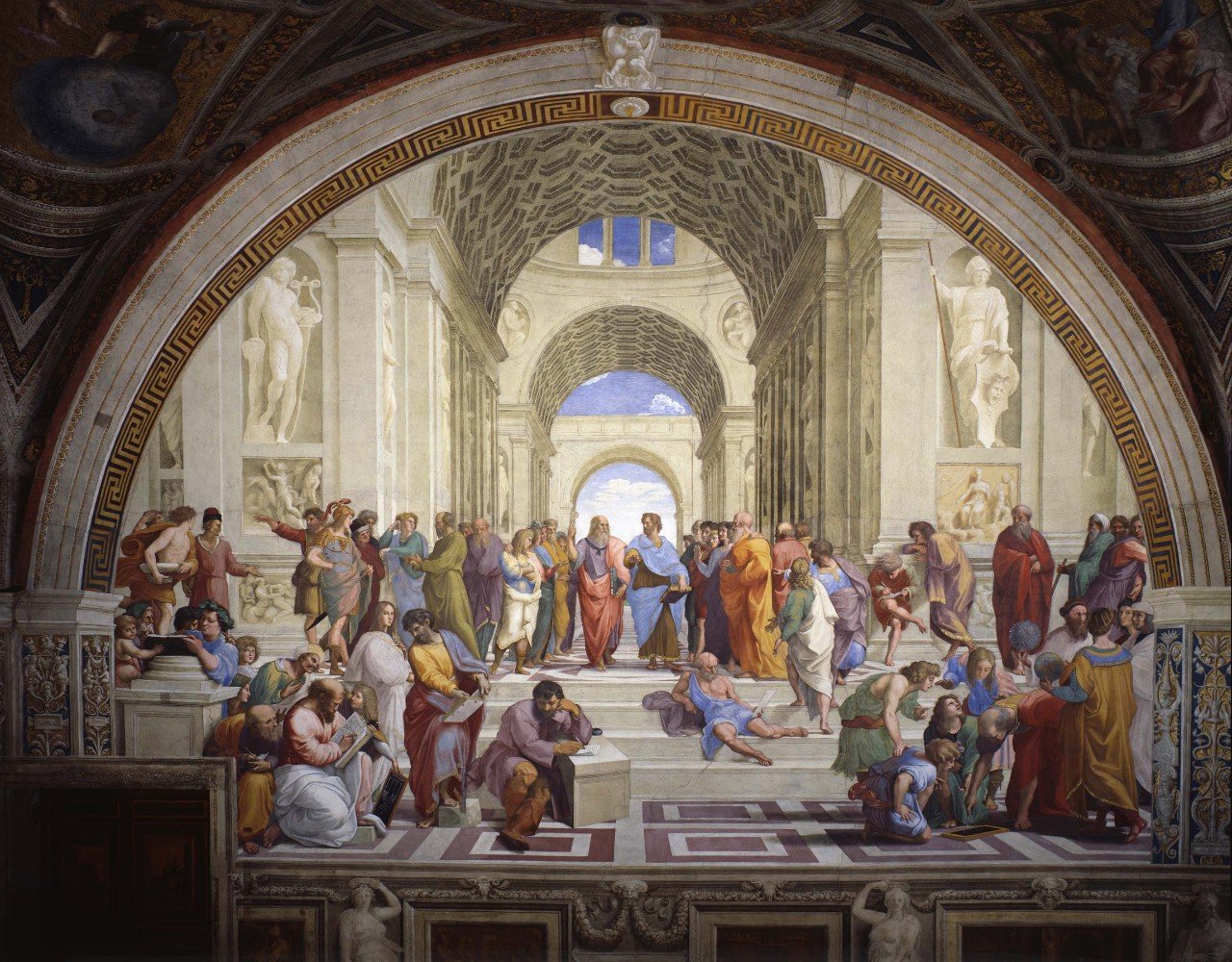
Our Curriculum
Curriculum Overview
Seven Oaks Classical School offers a classical education for today's students. Our time-tested materials and methods offer the most cutting-edge education in America. Our curriculum is built around the classical liberal arts and sciences, with a strong emphasis on civic education. Students study "the best which has been thought and said," including original sources and classic literature. From first to last, our curriculum has been designed with our primary goal in mind: to cultivate wise and virtuous men and women and responsible citizens.
Curriculum Maps
7th Grade Curriculum Map
8th Grade Curriculum Map
Content-rich.
The curriculum is classical. Our aims, content, and methods are traditional. Standardized tests do not drive the curriculum.
The curriculum is content-rich and academically rigorous, providing the knowledge and skills needed for high levels of academic and professional success.
The curriculum builds cultural literacy. The Western tradition occupies the central place, though not the sole one. Within Western civilization, students engage in a rich and recurring examination of America's literary, moral, philosophical, political, and historical traditions.
The curriculum is knowledge-rich. From the earliest grades, students enjoy an integrated sequence that systematically builds the content knowledge necessary for advanced study and clear communication.
The curriculum is language-rich. Students learn to read and write through traditional instruction in phonics, grammar, and composition. They study French, Greek and Latin root words, and Latin.
Anchored in the Classics.
The curriculum is anchored in the classics. From the earliest ages, students are introduced to great works of art, music, and literature, whether old or new, and to the enduring questions those works explore.
The curriculum offers a conceptual understanding of math and science. Students not only learn facts and formulae, but also the historical and philosophical context in which key developments occurred.
The curriculum includes instruction in the fine arts beginning in Kindergarten and incorporates history, theory, and application/performance.
Teaching students HOW to think.
The pedagogy seeks to cultivate a spirit of inquiry and a habit of active learning through close reading, Socratic dialogue, seminar discussion, memorization, recitation, and experiments.
The environment is characterized by order, decorum, and respect.
Technology is used to enhance instruction. It is treated as a tool to be used where helpful, not as an alternative to teaching.
The education attends to the whole person. The curriculum emphasizes bodily fitness and physical education in concert with fit minds. Various co-curricular and extra-curricular activities are offered and encouraged.
“It ought to be the oldest things that are taught to the youngest children, the assured and experienced truths that are put first to the baby.”
— G. K. Chesterton




